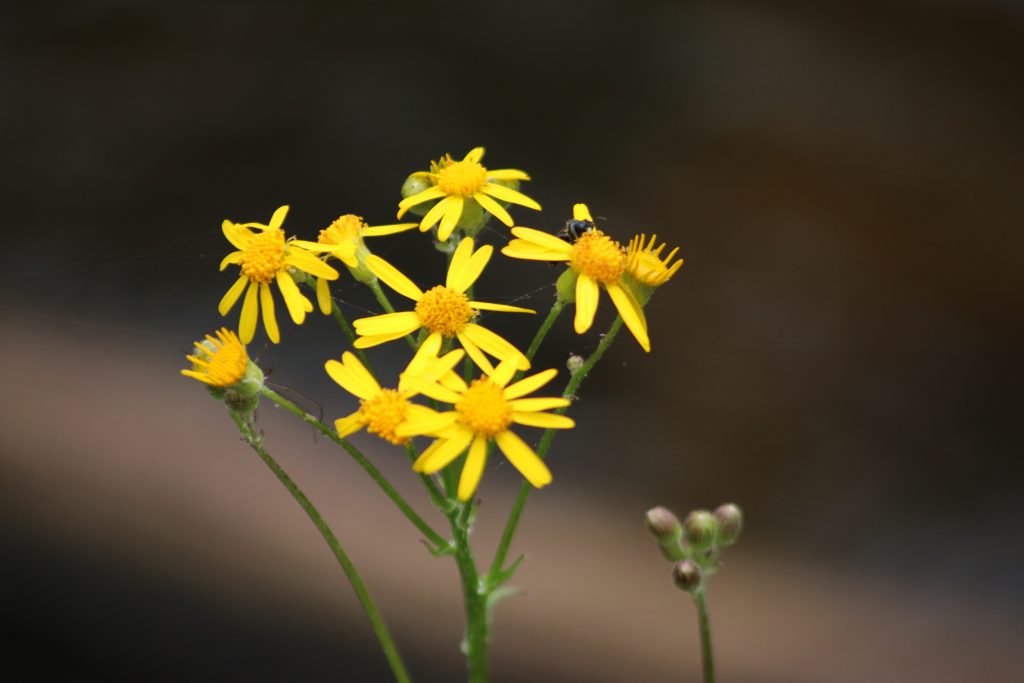Spring Trees
Spring Trees by Scott Dean, Local Naturalist and photographer

Redbud Flower photo by Scott Dean

Sarvisberry photo by Scott Dean
Scott Dean, Local Naturalist and photographer
Some of my favorite things are the trees that flower in the Spring. The beauty of these trees is self-evident, but equally interesting and far less known are some of the stories and facts about them. Many of these stories concern the origin of common names and traditional uses of the trees. These stories represent a part of the heritage of our region. Sadly, as our “old timers” become fewer, this lore is in danger of being lost as well. Here are two of my favorite flowering trees.
While many people recognize the Redbud, Cercis canadensis, not many know that it is a member of the Pea family (Fabaceae) and has a flower that, except for the color, is identical to the flowers on a garden pea. This is one of the only species of trees in our region with flowers growing directly from the bark of the trunk and branches. The flowers can be eaten as a salad or fried in fritters. According to myth, Judas Iscariot hanged himself from a member of this genus, Cercis siliquasastrum, and the white flowers of all the trees in this genus turned red from shame.
One of our most gorgeous trees is the Downy Serviceberry, Amelanchier arborea which is a member of the Rose family (Rosaceae). An early Spring bloomer, this tree features white star-shaped flowers, each having five narrow petals on slender stalks. Found in dry or moist woods, this is a common tree throughout our region.
One common name was the “Sarvisberry.” The earliest settlers in the mountains associated its early blooming period with the easing of winter and improved travel conditions for the circuit-riding preachers. These preachers could then reach the remote communities to hold services (sarvices) such as weddings, funerals and baptisms. In the coastal region of the state, a close relative of the tree is called the Shadbush because its bloom coincides with the seasonal run of a fish called the Shad.
Another spring flowering tree is the Flowering Dogwood, Cornus florida, with its’ distinctive 4 part blossom. The four “petals” are actually bracts, which subtend the flowers that grow in the cluster of small blossoms in the center. The maroon blotches at the tips of the bracts led to many regional old timers calling it the Easter Tree as those blotches were said to represent the wounds on Christ’s hands and feet from the crucifixion. An old, bluegrass gospel tune tells of how wood from a Dogwood was used to make the cross on which Jesus was nailed. During the time he was on the cross he sensed that the very wood was upset at being used in this fashion. His gift to the tree was that it would never grow large enough to be used so foully.

Dogwood Tree photo by Scott Dean
Spring is approaching, and a lot of interesting things are starting to happen. Birds are singing and pairing off for breeding season, wildflowers will soon be blooming, and the hills will be green before you know it. Now is a great time to start getting out and watching the progress of this annual awakening.
This article was originally published in the Friends of the WNC Nature Center newsletter, Vol. XXII, No. 2, April – May 2000

Dogwood photo by Scott Dean


















